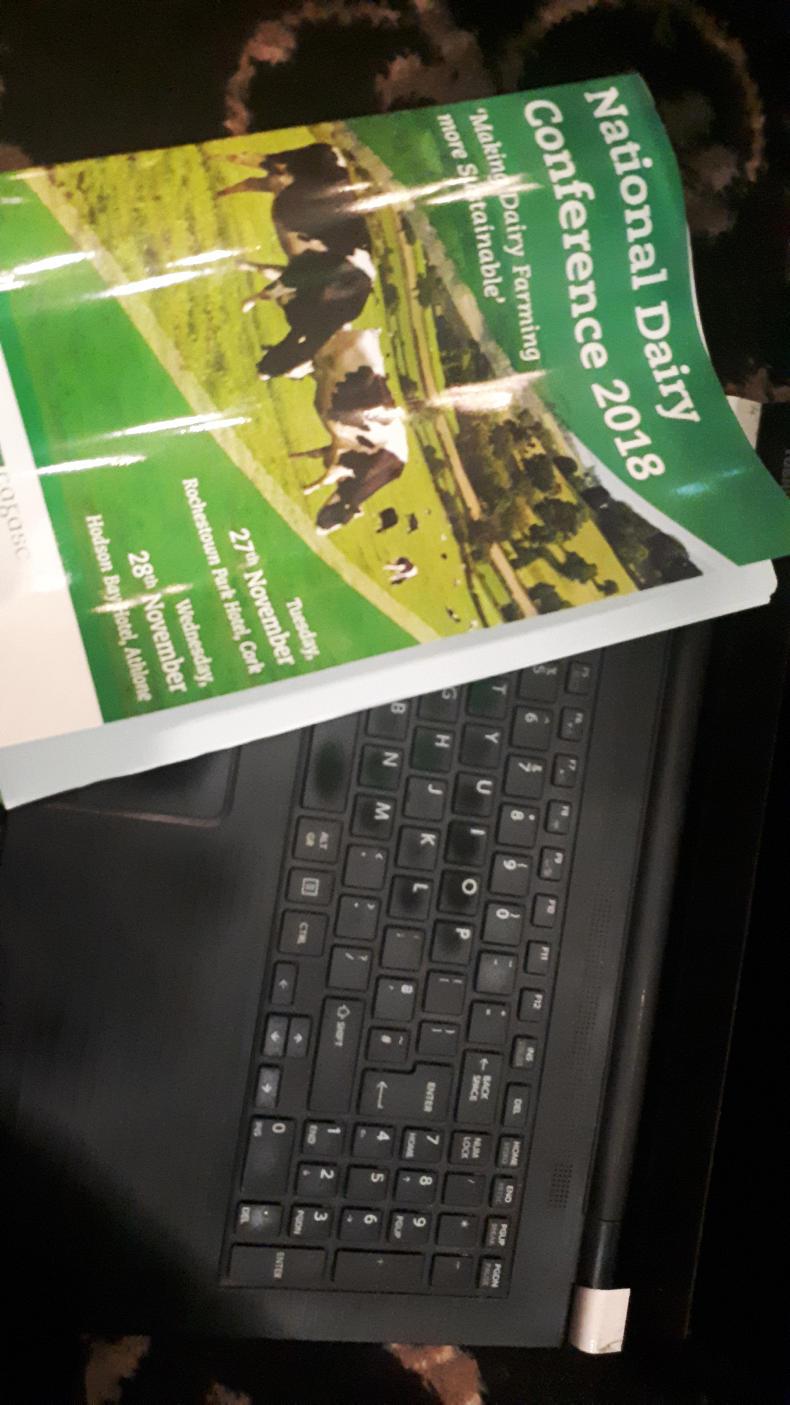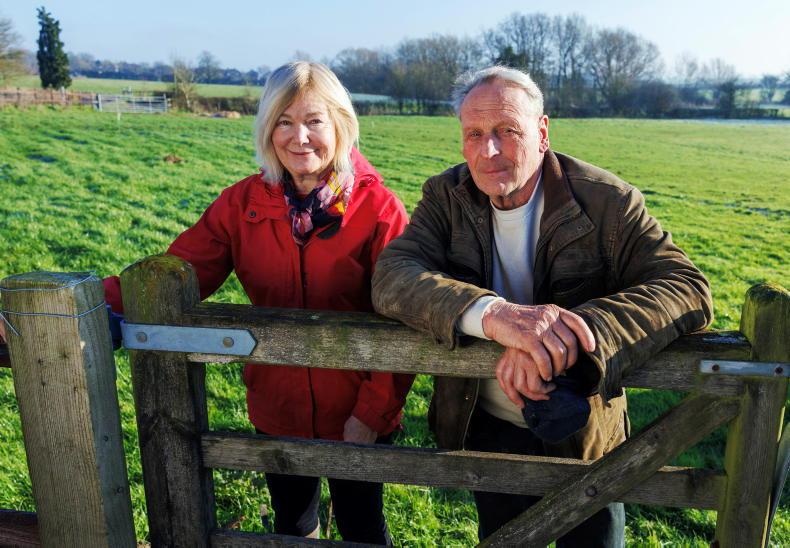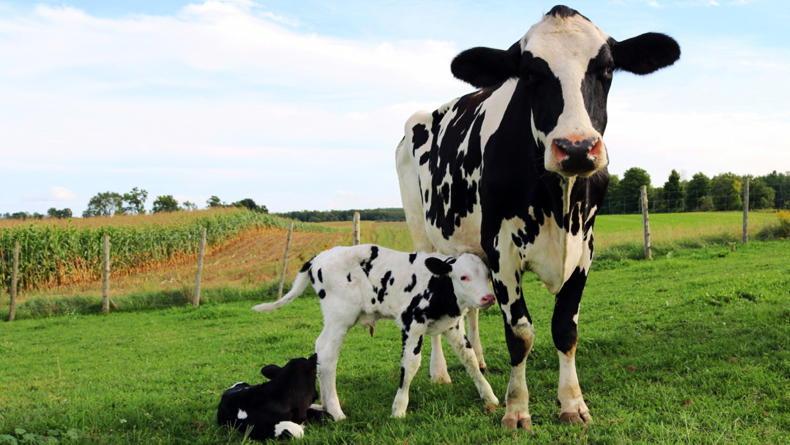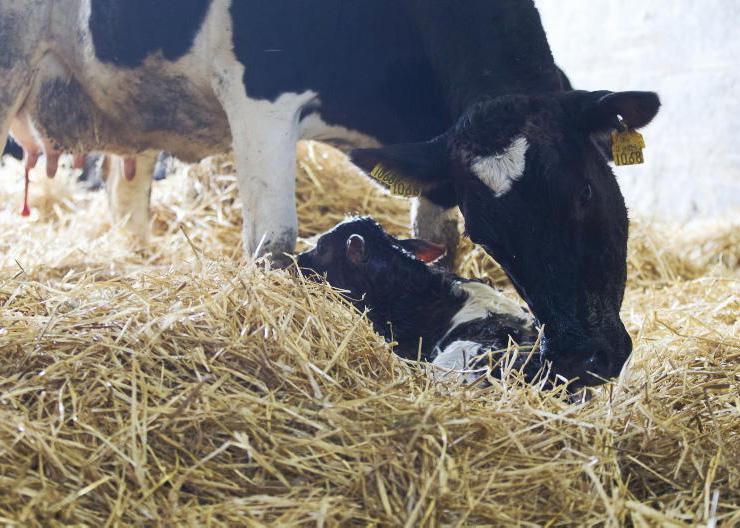Sexed semen: Teagasc researcher Stephen Butler outlined the results of the 2018 sexed semen trial at the National Dairy Conference this week. In spring 2018, he compared the latest sexed semen product available with ordinary unsexed AI straws. The promotional messages from the companies selling this four-million-sperms-per-straw product suggest this is the best sexed product ever produced. Across the 8,000 straws, the sexed semen achieved a conception rate close to 45% – well back on the 60% achieved using ordinary semen.
However, when you look the sires where semen was collected and sexed in the country where the bulls were standing, the result was much higher. Some of the bulls were standing in Ireland, semen was collected from the bulls in Ireland and then put on an aeroplane to England for sex sorting.
Stephen found despite using the quickest transport method and taking all precautions when travelling, there was a lot more variation in the semen that was transported. It suggests if you had a sex sorting laboratory in Ireland using semen collected in Ireland, you would get better conception rates.
The other key theory that Stephen is proposing is that timing of AI if using sexed semen is much more important. In the trial, they didn’t enforce any timing routine for insemination. They considered enforcing an am/pm rule (ie twice-a-day insemination) rather than once-a-day insemination, but they didn’t in order to keep farmers in the trial.
The best practice guide if using sexed semen is to inseminate the cow between 14 to 20 hours after heat onset. Many farmers will not know when a cow actually started bulling. We know from previous research that sexed semen hasn’t as long a shelf life as ordinary unsexed semen so the timing is more critical.
This leads Stephen to believe that maybe synchronising fertile cows and using fixed-time AI might be one of the best ways to use sexed semen.
Dairy beef index: Also at the Teagasc conference, Andrew Cromie outlined the development behind the dairy beef index. It will rank sires that should deliver better beef carcase traits in calves. This will be a tool that dairy farmers can use when it comes to selecting sires once they have enough female replacements. If they need to use a beef sire, then it is better they use a sire that ranks better for conformation and carcase than a sire delivering out-of-spec carcases.
Feed reserves: Joe Patton gave some very clear and practical guidelines on managing feed reserves at the conference. Very simply, he is suggesting you need to be realistic on feed stocks. If you are only short a small volume of feed, then finding a solution now rather than waiting until February or March is a better option. He also said that in a difficult spring, farmers need to start the spring rotation on time and use the grazing infrastructure in place to get out to grass. In terms of a silage reserve, Joe advised that every farmer needs 400 to 500kg per cow of a quality silage reserve (not average dry cow feed).
Empty cows: Scanning of cows continues on dairy farms across the country. If feed stocks are tight, you are better off scanning cows and removing empty cows now that don’t have a long-term place in your business. It’s better to be looking at a few bales of surplus silage rather than feeding cows that don’t have a long-term place in your business.
Sexed semen: Teagasc researcher Stephen Butler outlined the results of the 2018 sexed semen trial at the National Dairy Conference this week. In spring 2018, he compared the latest sexed semen product available with ordinary unsexed AI straws. The promotional messages from the companies selling this four-million-sperms-per-straw product suggest this is the best sexed product ever produced. Across the 8,000 straws, the sexed semen achieved a conception rate close to 45% – well back on the 60% achieved using ordinary semen.
However, when you look the sires where semen was collected and sexed in the country where the bulls were standing, the result was much higher. Some of the bulls were standing in Ireland, semen was collected from the bulls in Ireland and then put on an aeroplane to England for sex sorting.
Stephen found despite using the quickest transport method and taking all precautions when travelling, there was a lot more variation in the semen that was transported. It suggests if you had a sex sorting laboratory in Ireland using semen collected in Ireland, you would get better conception rates.
The other key theory that Stephen is proposing is that timing of AI if using sexed semen is much more important. In the trial, they didn’t enforce any timing routine for insemination. They considered enforcing an am/pm rule (ie twice-a-day insemination) rather than once-a-day insemination, but they didn’t in order to keep farmers in the trial.
The best practice guide if using sexed semen is to inseminate the cow between 14 to 20 hours after heat onset. Many farmers will not know when a cow actually started bulling. We know from previous research that sexed semen hasn’t as long a shelf life as ordinary unsexed semen so the timing is more critical.
This leads Stephen to believe that maybe synchronising fertile cows and using fixed-time AI might be one of the best ways to use sexed semen.
Dairy beef index: Also at the Teagasc conference, Andrew Cromie outlined the development behind the dairy beef index. It will rank sires that should deliver better beef carcase traits in calves. This will be a tool that dairy farmers can use when it comes to selecting sires once they have enough female replacements. If they need to use a beef sire, then it is better they use a sire that ranks better for conformation and carcase than a sire delivering out-of-spec carcases.
Feed reserves: Joe Patton gave some very clear and practical guidelines on managing feed reserves at the conference. Very simply, he is suggesting you need to be realistic on feed stocks. If you are only short a small volume of feed, then finding a solution now rather than waiting until February or March is a better option. He also said that in a difficult spring, farmers need to start the spring rotation on time and use the grazing infrastructure in place to get out to grass. In terms of a silage reserve, Joe advised that every farmer needs 400 to 500kg per cow of a quality silage reserve (not average dry cow feed).
Empty cows: Scanning of cows continues on dairy farms across the country. If feed stocks are tight, you are better off scanning cows and removing empty cows now that don’t have a long-term place in your business. It’s better to be looking at a few bales of surplus silage rather than feeding cows that don’t have a long-term place in your business.










SHARING OPTIONS